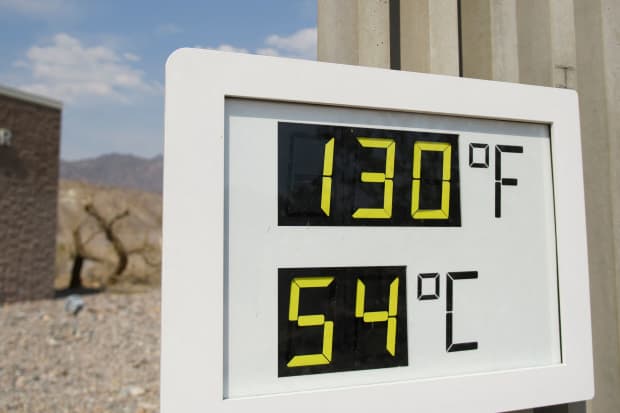The Telegraph
Wind and solar power surges in record year

China led a record increase in wind and solar power during 2020 – even as the emerging superpower continued to build new fossil-fuel burning coal plants.
Capacity of wind and solar power grew by 238GW globally last year, about 50pc larger than any previous expansion, according to the latest annual review of world energy by BP.
The jump in renewable output amounts to about seven times the total installed capacity in the UK, and came in a year marked by a slump in energy use as the pandemic triggered a slowdown in global travel.
China accounted for over half of the growth in wind and solar capacity. Some of the increase was driven by changes to the Chinese subsidy regime, which pulled projects forward, but BP said there was a significant increase even accounting for this.
Wind, solar and other renewable sources are on the rise as countries and companies pledge to slash their carbon emissions in line with the Paris agreements to cut global warming. Last year China said it would cut its emissions to net zero by 2060.
The share of renewable power, including wind and solar, in the global power mix also rose from 10.3pc to 11.7pc.
In Europe, that share reached 23.8pc, making it the first region where renewables are the main source of fuel, BP said.
The figures appear to allay concerns at the start of the pandemic that low oil prices and distracted politicians might slow down the push towards cleaner power.
Meanwhile the share of coal in power generation fell 1.3 percentage points to 35.1pc.
This is a record low share, although coal-fired generation overall is relatively flat compared to 2015.
Coal consumption among countries in the OECD club of developed nations fell to the lowest level recorded in BP’s annual review, which stretches back to 1965. However, coal consumption rose in China and Malaysia.
Despite its push on renewables, China approved 13GW of coal-fired plants, a 45pc increase on 2019 levels, last year, according to a report in June by the International Energy Agency.
Officials lowered restrictions on new plants to help the country recover from the pandemic.
Bernard Looney, chief executive of BP, said: “The relative immunity of renewable energy to the events of last year is encouraging.
“The challenge is to achieve sustained, comparable year-on-year reductions in emissions without massive disruption to our livelihoods and our everyday lives.”
The collapse in demand for energy, and particularly oil, during the pandemic led to a 6pc fall in carbon emissions from energy use, the largest decline since 1945, BP said.
However, this came at considerable cost, with GDP falling globally by more than 3.5pc.
Spencer Dale, BP’s chief economist, said: “Despite the turmoil, despite the collapse in world GDP, wind and solar just continue to grow.
“The increase in installed capacity last year is 50pc bigger than any time in history.”
BP is among several major companies pledging to slash their carbon emissions, and is investing more in renewables while cutting back on oil and gas production.










